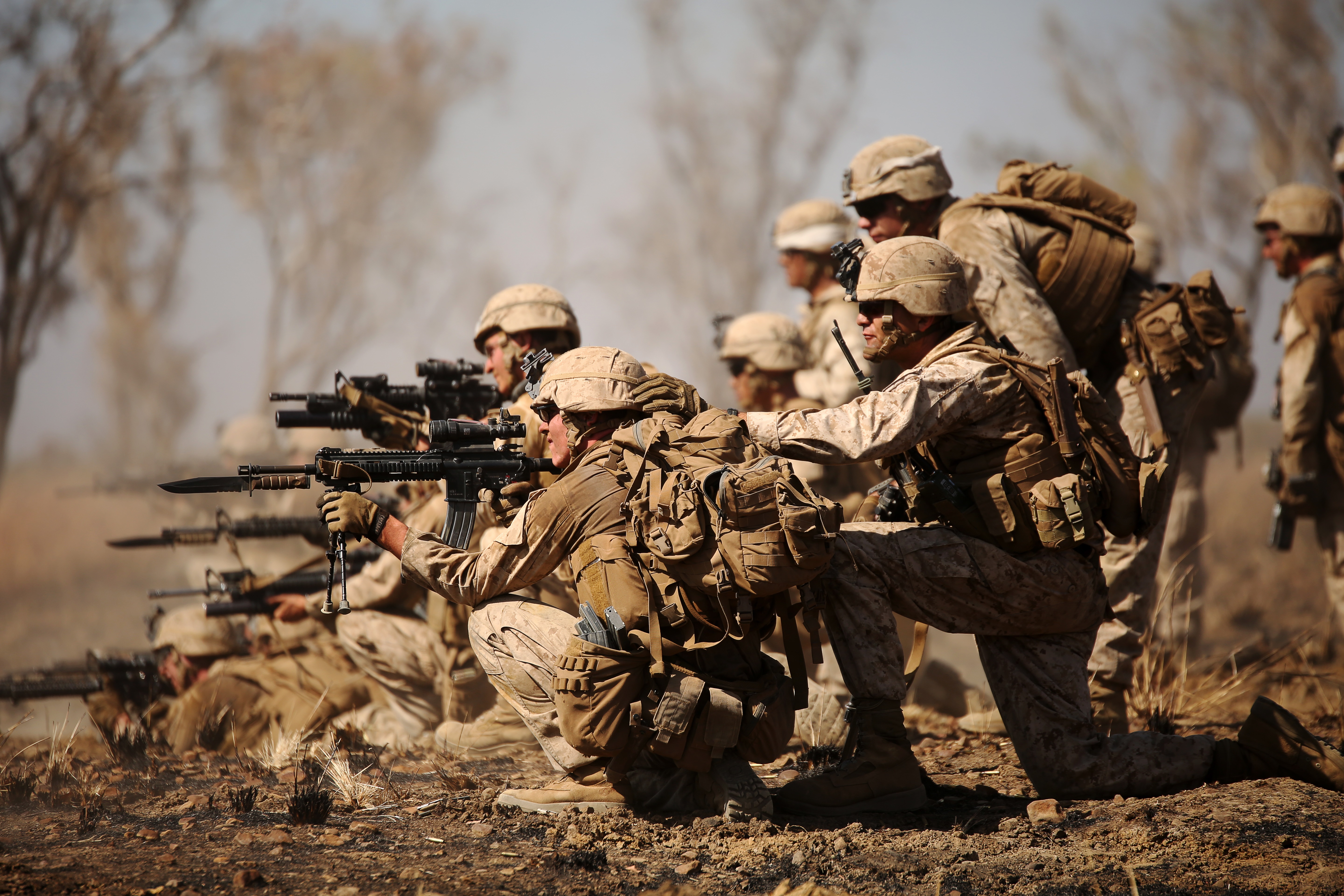
The crisis in US-Australian relations created by American President Donald Trump’s rant over a refugee deal with Australia has cast a shadow over the future of US plans to expand its Marine presence in Darwin.
Mr Trump’s threat to “study this dumb deal”, struck between Australian Prime Minister Malcolm Turnbull and the Obama Administration to take thousands of “illegal immigrants from Australia”, is a further warning that none of the previous agreements between Australia and America are safe from change.
Mr Trump has made no secret of the fact that he believes US allies should pay more to host American military contingents. A cost-sharing arrangement between the two nations was only struck in October after months of to-and-fro, despite former president Barack Obama’s enthusiasm for the deal. The agreement with the Obama administration would see the number of Marines stationed in the NT increase to 2500 by 2020.
Mr Trump’s apparent willingness to abandon promises made by his predecessor puts this on shaky ground.
The effects of any downsizing of the planned US Marine deployment would have a significant impact on a Territory economy. which is already suffering duress.
The NT is relying on an increased defence infrastructure spend, including a $2 billion investment as a direct result of the Marine rotation, to tide over the economy as the Inpex construction phase ends.
Chief Minister Michael Gunner said the deal as it stood would provide a “significant economic boost” to the Territory.
However, he emphasised that the Australian Government had already committed to spending billions on defence in the Territory.
“I strongly disagree with many of President Trump’s views, actions and decisions,” he said.
“However, the NT’s relationship with the US is a long and enduring one and goes beyond the views and actions of a single President or Chief Minister. It is crucial to gaining important economic investments, most notably through defence spending and the placement of US Marines.”
Member for Solomon Luke Gosling agreed saying he was confident the deal would stay.
“You cannot underestimate the value of this defence co-operation and constructive United States engagement in our region,” he said.
Mr Gunner said despite President Trump’s behaviour an invitation to visit the Territory still stands.




